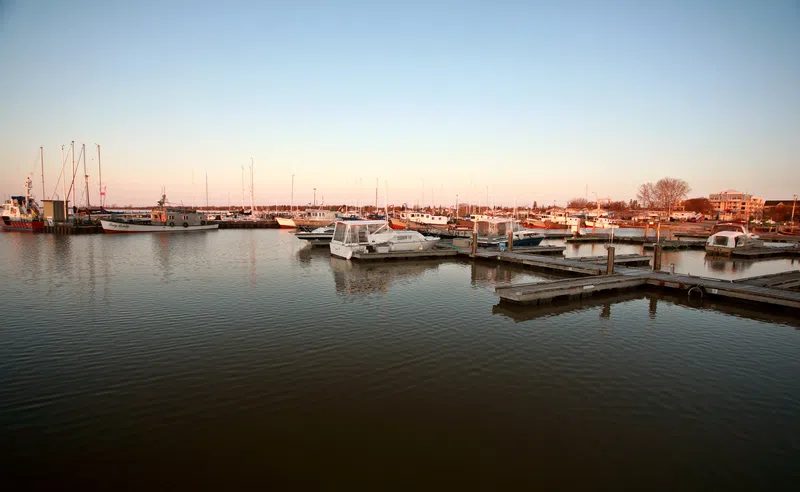One of Manitoba’s most famous landmarks and most popular tourist destinations has seen a disturbing increase in algal blooms, and the provincial government is trying to do something about it.
In a news release, Environment and Climate Change Minister Tracy Schmidt announced nutrient targets to protect Manitoba’s lakes and rivers. This includes Lake Winnipeg, which has faced a rise in toxic algae over the last decade.
“This a major step forward in water quality protection for Manitobans,” said Schmidt. “This regulation for Lake Winnipeg and its tributaries sets the first-ever formal nutrient reduction target for improving water quality in Manitoba’s history. Establishing nutrient targets for our cherished rivers and lakes is essential in protecting those waterways for generations to come.”
In the release, the province outlined the parameters for the new initiative. Through the Water Protection Act, the Nutrient Targets Regulation will include Lake Winnipeg and the Red, Winnipeg, Saskatchewan and Dauphin rivers.
According to the release, nitrogen and phosphorous have increased in Lake Winnipeg and the Red, Winnipeg, Saskatchewan and Dauphin rivers, contributing to increased frequency and intensity of algal blooms. These blooms can be toxic and can reduce water quality and contaminate beaches.
“Establishing and implementing nutrient targets will help Manitoba’s collective water quality efforts by guiding future nutrient reduction activities and best management practices, identifying priorities and helping track progress and outcomes over time,” said Schmidt.










